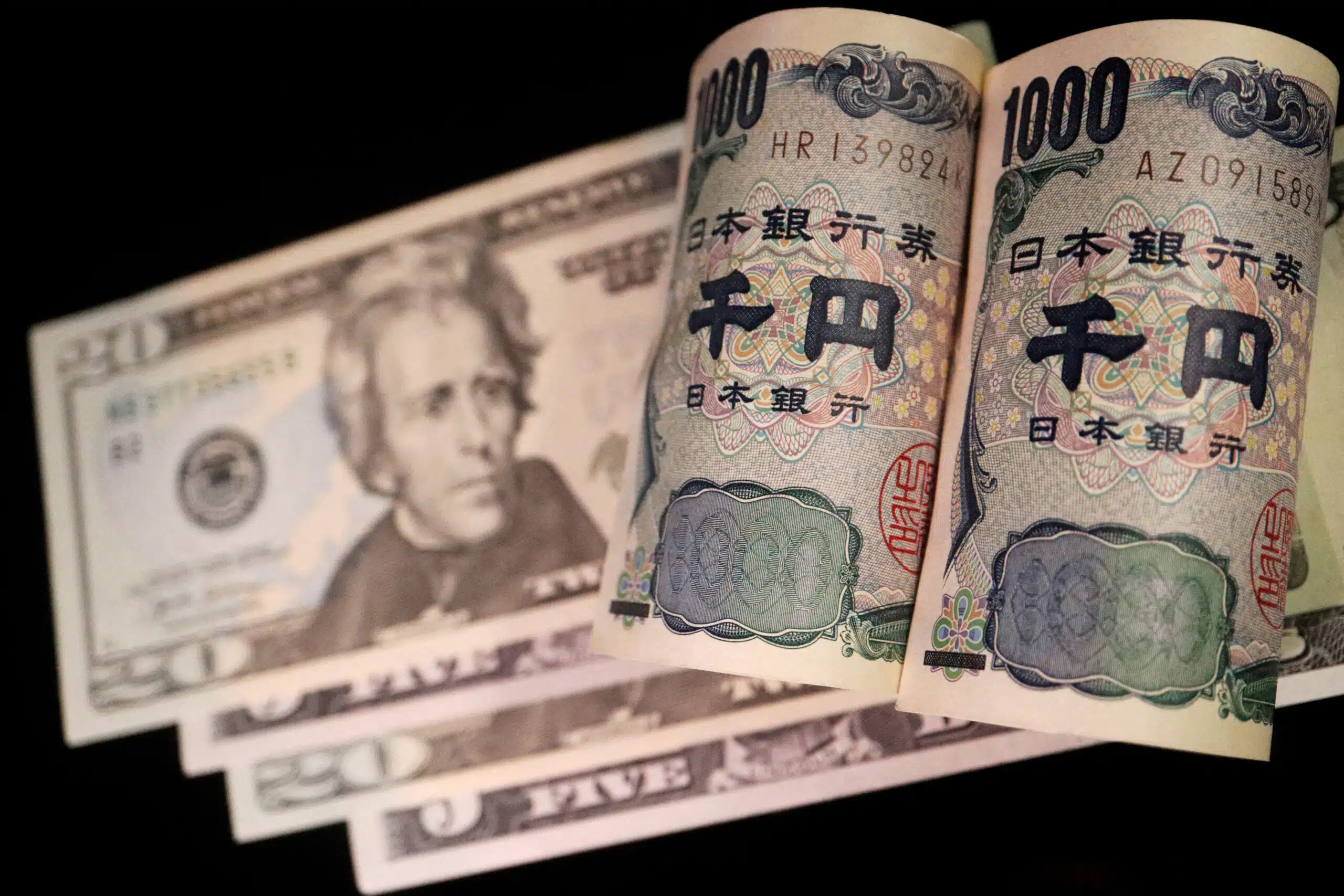On Monday, the Japanese Yen experienced a depreciation, coinciding with a shift in market sentiment towards a more positive outlook.
The Bank of Japan (BoJ) must exhibit consistent communication, as it appears to convey a dual message. On the one hand, the BoJ indicates a desire to pursue a normalization path, while on the other hand, it continues to engage in easing measures.
The USD/JPY currency pair exhibits indications of diminished strength, primarily due to the widely anticipated decision by the Federal Reserve to maintain interest rates at their current level. This development has the potential to undermine the value of the USD.
Throughout Monday, the Japanese Yen (JPY) has consistently declined in value against the United States Dollar (USD). The USD/JPY exchange rate surpassed the 150 threshold in the afternoon. The prevailing optimistic sentiment in the market is tilting toward higher-risk currencies, while safe-haven assets such as the Yen are experiencing diminished demand.
The transient decline observed today aligns with the overarching trajectory in the extended duration. Since the commencement of 2021, the Japanese Yen, as measured by the FXCM Index, which diligently monitors the currency’s valuation vis-à-vis a diversified basket of comparable currencies, has experienced a notable decline of more than 33% in its intrinsic worth, commencing at the onset of the current week.
The observed weakness can be primarily attributed to the Bank of Japan’s (BoJ) policy, which involves maintaining interest rates below zero. This approach diverges from the prevailing trend among other central banks, increasing interest rates to combat inflation. Given the inclination of global investors to allocate their capital in pursuit of optimal risk-free returns, alternative currencies have garnered favor, resulting in a concomitant decline in the desirability of the Yen.
Recently, it has been observed that numerous central banks have either attained or are near achieving their peak interest rates. Consequently, the rate differential, which had previously posed significant challenges for the Yen, may now be on the verge of convergence. Suppose the Bank of Japan persists in its efforts to normalize policy while other central banks opt to halt or potentially reduce interest rates. In that case, the Yen may initiate a resurgence, instigating a recovery rally.
Yen Continues Its Downward Trend While Sentiment on the Market Improves
At the onset of the trading week, the Japanese Yen exhibits a decline in value, attributed to a shift in market sentiment towards optimism, favoring currencies associated with higher risk tolerance instead of those perceived as safe havens.
During its most recent meeting, the Bank of Japan (BoJ) conveyed a nuanced message. The board of governors recently took a significant measure to establish a sense of normalcy by loosening the self-imposed limitation on 10-year Japanese Government Bond (JGB) yields, which can be viewed as quantitative easing. However, it is essential to note that Bank of Japan Governor Kazuo Ueda explicitly stated that there are no intentions to increase interest rates.
Indeed, after the decision above to eliminate the yield cap, the Japanese Yen experienced a decline in value.
The decline in market value was attributed to Governor Ueda’s statements, which indicated that the predominant cause of inflation was the escalation in commodity prices rather than a surge in demand. Consequently, it implied that the Bank of Japan would be compelled to persist with accommodating monetary policies.
Additionally, it is important to note that the Bank of Japan (BoJ), according to Reuters, intervened in the market on October 31 to protect the 1.0% cap on Japanese Government Bond (JGB) yields as they were approaching this level. This observation implies that the central bank’s actions do not align with its stated intentions, and it can be inferred that a form of effective monetary easing is still being implemented.
As per the analysis conducted by James Harte, an analyst at Tickmill Group, it is improbable that the Bank of Japan (BoJ) will initiate any interest rate hikes shortly.
According to a note reported by Barron, Harte stated that Ueda indicated a minimal likelihood of the reversal of negative rates occurring this year.
The forthcoming significant data release for Japan pertains to the Labour Cash Earnings for September. The data is anticipated to reveal a year-on-year increase of 1%. The data is scheduled to be made available at 22:30 on Monday.
The anticipated year-over-year change in Overall Household Spending for the same month, to be unveiled simultaneously, is projected to be -2.7%.
If both metrics align with projections, it is improbable for the Yen to experience significant momentum. This outcome would indicate the continuation of a restrained earnings and expenditure pattern observed in previous years, thereby sustaining the accommodative stance of the Bank of Japan’s policy.
On Friday, the Japanese Yen experienced an appreciative movement vis-à-vis the United States Dollar (USD) after disseminating the October Nonfarm Payrolls report, prompting market participants to divest from the Dollar.
The report indicates a notable decline in various labor metrics during October, implying that the Federal Reserve (Fed) may have concluded its course of action regarding interest rate hikes.
A Bear Flag on the USD/JPY Could Turn Around a Short-Term Rise
The USD/JPY currency pair experienced an increase on Monday, reflecting a prevailing positive sentiment in the market.
From a near-term vantage point, the upward trajectory of the pair is precariously positioned to undergo a reversal potentially. Should the price breach the significant support level of 148.80, observed on October 30, it would indicate a shift in market sentiment favoring the bearish side. This level holds significance as it represents the most recent notable lower high within the current upward trend.
As observed on the 4-hour chart, the analysis of Monday’s recovery exhibits characteristics akin to a bear flag pattern. This pattern suggests a potential downward break shortly, potentially leading to a retest of previous lows.



